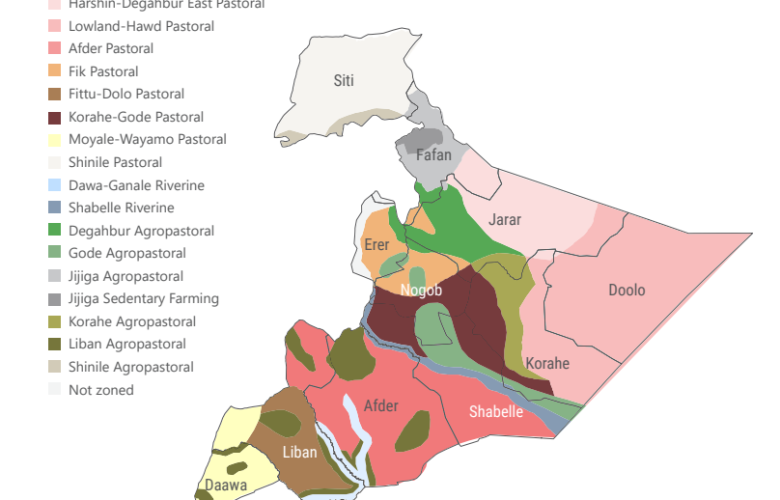According to Relief Web, as the 2024 rainy season approaches, fears of another failed harvest and El Niño-induced erratic rainfall patterns loom large. This could exacerbate drought conditions in key agricultural areas and densely populated regions, pushing millions towards hunger.
Despite the urgency, funding for the humanitarian response remains woefully inadequate. A recent high-level pledging conference secured only $630 million, a fraction of the $1 billion target to provide aid for the next five months alone. The overall response plan, requiring $3.24 billion to assist over 21 million people in need, is currently only funded at a meager 8.9%.
This significant funding gap threatens to leave millions of Ethiopians vulnerable to hunger and malnutrition. A more robust international response is urgently needed to avert a full-blown catastrophe.
Ethiopia’s Looming Hunger Crisis: A Region-by-Region Breakdown
While Ethiopia faces a nationwide humanitarian crisis, the situation in the Somali region paints a particularly grim picture. This region exemplifies the devastating impact of compounding crises and the urgent need for targeted aid.
Funding Shortfall Compounds Crisis
The international community’s meager response to the Ethiopian crisis is just one piece of a larger problem. Similar appeals for neighboring Sudan also fell short, highlighting the strain on global resources. With competing crises demanding attention, aid organizations must strategically analyze funding gaps to ensure efficient support reaches those most affected.
Somali Region: A Case Study in Devastation
Households in the Somali region are facing the worst food insecurity ever recorded. Five consecutive failed rainy seasons since 2020 have crippled communities, particularly pastoralists who rely on livestock and grazing lands for survival. Devastating floods in 2023, worsened by El Niño, further compounded the situation, impacting nearly a quarter of the region’s population.
The Cascading Effects of Drought
The drought has had a domino effect on livelihoods:
- Livestock Decline: A staggering 28% decrease in livestock due to dwindling water and grazing resources.
- Crop Failure: Crop failure has resulted in a 35% decline in household income.
- Food Consumption: A notable decline in food consumption levels.
Desperate Measures for Survival
Over two-thirds of assessed households are struggling to meet even basic needs. As a result, 41% have been forced to resort to extreme coping mechanisms like selling assets or skipping meals to survive.
Urgent Action Needed
Urgent humanitarian assistance is critical to address these pressing needs. Priorities include:
- Restoring food security
- Securing livelihoods and rebuilding lost income
- Providing shelter
- Ensuring access to clean water, sanitation, and healthcare
The crisis in the Somali region, along with similar situations across Ethiopia, demands a more robust international response with targeted aid and strategic resource allocation.





